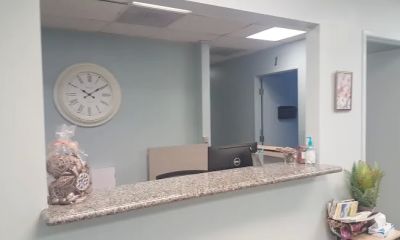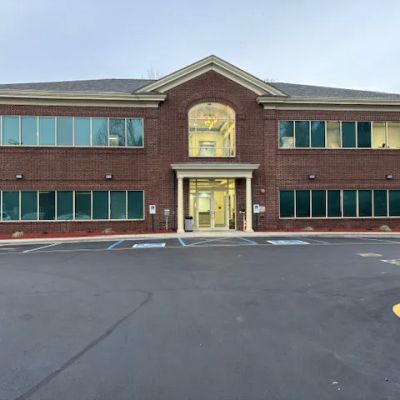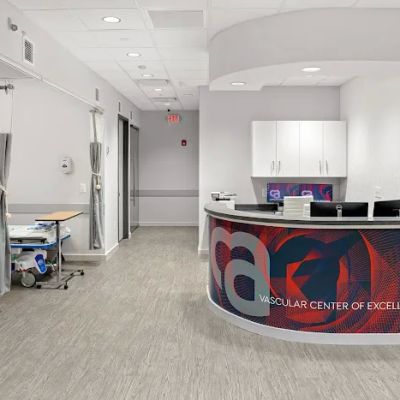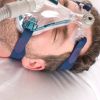The Connection Between High Blood Pressure and Stroke Risk: What You Need to Know
I remember the day my doctor told me that I had high blood pressure. I wasn’t overly concerned at first, thinking it was just another common condition that many people deal with. But as my doctor explained the connection between high blood pressure and stroke risk, I began to realize the serious implications this condition could have on my long-term health. It wasn’t just about managing numbers on a chart; it was about protecting my heart, my brain, and my overall well-being.
High blood pressure, also known as hypertension, affects millions of people in the United States, and many aren’t fully aware of the risks associated with it. As someone who was once in the dark about how high blood pressure could contribute to stroke risk, I want to share what I learned. Understanding the link between these two health concerns is critical for anyone managing hypertension or at risk of it.

1. Understanding High Blood Pressure and Its Impact on the Body
To truly grasp the connection between high blood pressure and stroke, it’s essential to first understand what high blood pressure is. Blood pressure is the force of blood pushing against the walls of your arteries as your heart pumps it around your body. When this force is consistently too high, it can cause serious damage to the arteries and organs. I was surprised to learn that many people with high blood pressure don’t experience symptoms, which is why it’s often called the "silent killer."
My doctor explained that over time, if high blood pressure isn’t controlled, it can lead to damage in several areas of the body. It can cause the arteries to narrow and harden, a condition known as atherosclerosis, which can ultimately lead to heart disease, kidney disease, and yes—stroke. For many people, high blood pressure may not seem like a big issue at first, but it’s a condition that can quietly wreak havoc on the cardiovascular system, which is why managing it is crucial.
There are several risk factors for developing high blood pressure, including age, family history, poor diet, lack of exercise, excessive alcohol consumption, and stress. I realized that by adopting a healthier lifestyle, I could actively lower my risk of both high blood pressure and stroke. The first step for anyone is to be aware of their blood pressure levels and take action before it becomes a more serious problem.
Dr. Timothy Carter, MD
1111 montauk highway west islip ny
1111 Montauk Hwy Suite 3-3, West Islip, NY 11795, USA

2. How High Blood Pressure Increases Stroke Risk
When I started learning more about the connection between hypertension and stroke, it became clear how closely the two are linked. High blood pressure is the leading cause of stroke, and the mechanism behind this link is relatively straightforward. The increased pressure from blood flowing through the arteries can damage the blood vessels, causing them to weaken or even rupture. This can lead to a stroke, which occurs when the blood supply to part of the brain is disrupted, either due to a blocked artery or a ruptured blood vessel.
One of the primary ways high blood pressure increases stroke risk is by contributing to the formation of blood clots. These clots can travel to the brain, blocking blood flow and causing a type of stroke called an ischemic stroke. I was shocked to learn that people with uncontrolled hypertension are more likely to have a stroke caused by a clot, as the high pressure accelerates the process of clot formation.
Another way high blood pressure can increase stroke risk is through its role in causing aneurysms. The constant pressure can cause blood vessels to weaken and bulge, forming an aneurysm. If the aneurysm bursts, it can lead to a hemorrhagic stroke, which is caused by bleeding in the brain. My doctor explained that the combination of the two—clots and aneurysms—makes hypertension one of the most dangerous conditions when it comes to stroke.
3. Prevention: How to Reduce the Risk of Stroke with High Blood Pressure
After learning about the serious risks associated with high blood pressure and stroke, I was determined to take control of my health. The good news is that managing high blood pressure can significantly reduce the risk of stroke. I started by incorporating changes into my lifestyle that helped me get my blood pressure under control and improve my overall health.
3.1. Regular Monitoring of Blood Pressure
The first step I took was to start monitoring my blood pressure regularly. Knowing where my blood pressure stood was the foundation for taking action. I bought a blood pressure cuff, which allowed me to check my levels at home. It’s important to keep track of your numbers, as uncontrolled high blood pressure can lead to complications without you even realizing it. Regular check-ups with my doctor also helped me stay on track with managing my blood pressure.
3.2. Adopting a Healthy Diet
I quickly learned that my diet plays a huge role in managing my blood pressure. A diet rich in fruits, vegetables, whole grains, and lean proteins is key to reducing high blood pressure. Reducing my sodium intake was one of the first changes I made. I also started to watch my alcohol consumption and limit processed foods, which tend to be high in salt. I was surprised by how much better I felt once I made these dietary changes, and my blood pressure started to improve as well.
3.3. Exercise Regularly
Regular exercise is one of the most effective ways to lower blood pressure. I started with simple activities like walking, biking, and swimming, gradually increasing the intensity and duration. Exercise not only helps lower blood pressure but also improves overall cardiovascular health, reducing the strain on your heart and arteries. I found that staying active made a significant difference in my energy levels and overall well-being.
3.4. Stress Management
Stress is another factor that can negatively impact blood pressure. I’ve found that practicing stress-reducing techniques like meditation, deep breathing exercises, and yoga has made a big difference in managing my blood pressure. These activities help me stay calm and centered, even during stressful moments, which in turn helps reduce the strain on my heart and arteries.
4. When to Seek Medical Help
While lifestyle changes are crucial in managing blood pressure, sometimes medication is necessary to keep it under control. I’ve learned that if lifestyle changes alone aren’t enough, doctors can prescribe medications like diuretics, ACE inhibitors, or calcium channel blockers to help manage blood pressure. Regular visits to your healthcare provider will help determine the right approach for managing your blood pressure and reducing your stroke risk.
If you experience symptoms such as sudden numbness, confusion, difficulty speaking, or severe headaches, it’s important to seek immediate medical attention, as these can be signs of a stroke. Prompt treatment is essential in preventing long-term damage.





















Cardiology Specialists Medical Group
399 e highland ave san bernardino ca 92404
399 E Highland Ave # 317, San Bernardino, CA 92404, USA